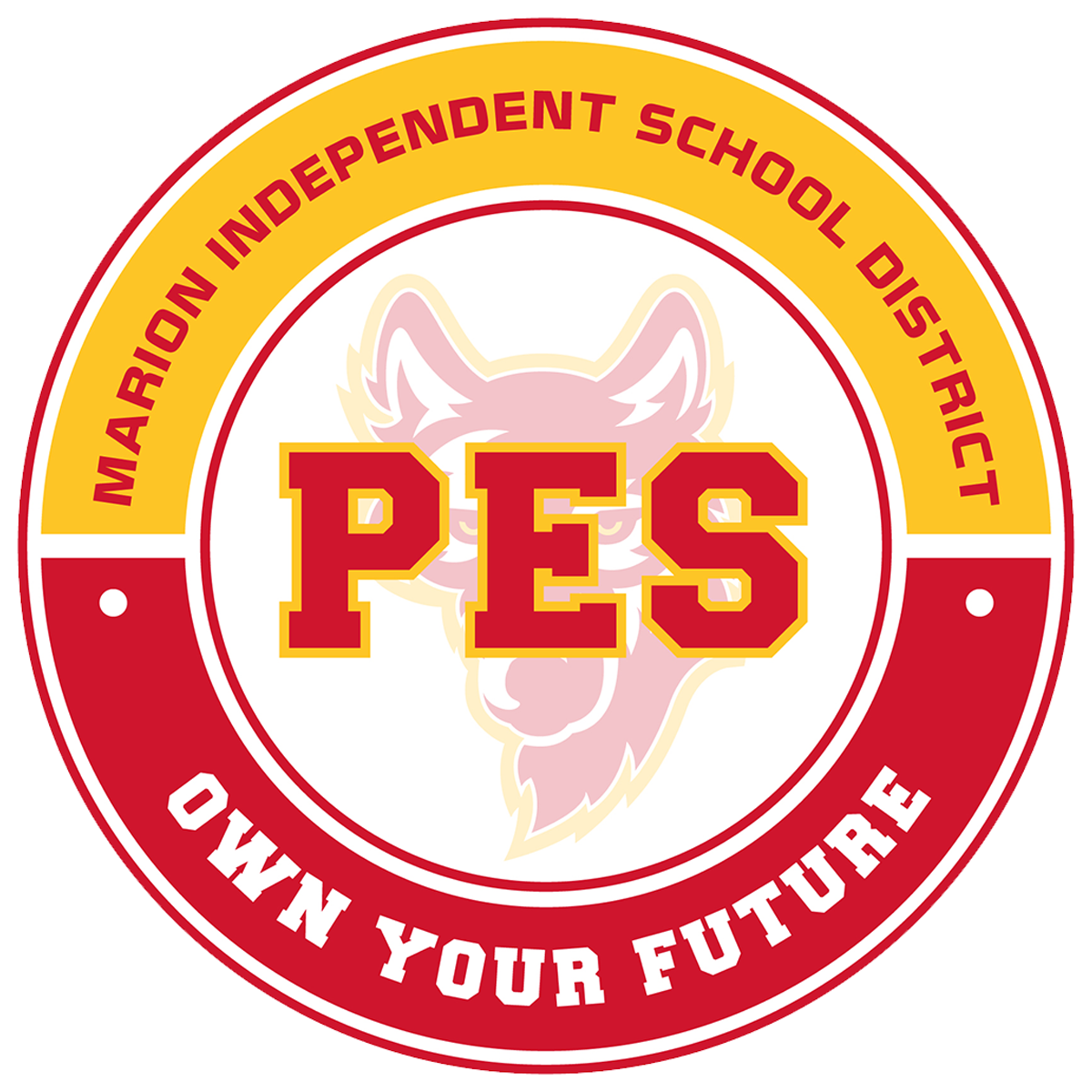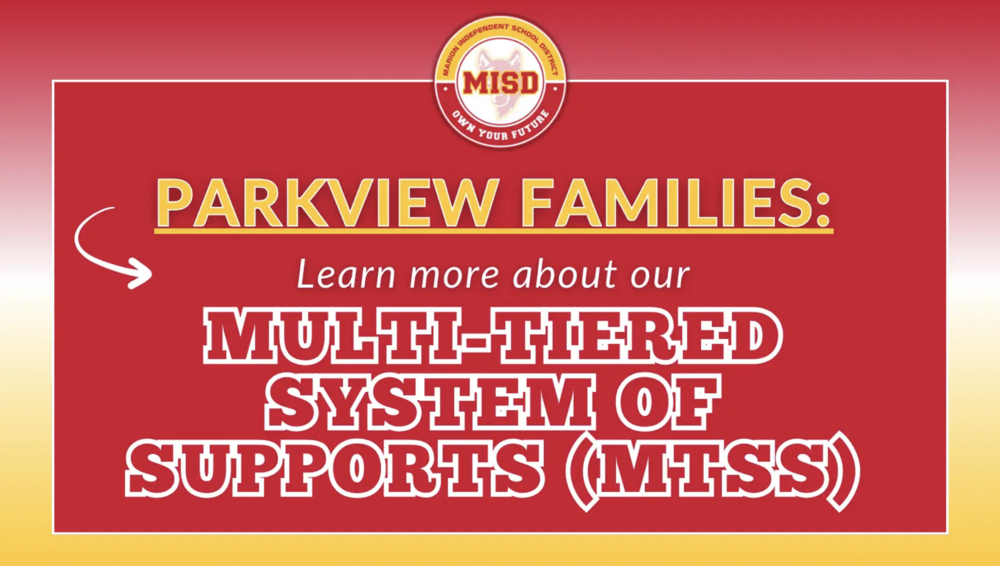What Is MTSS?
Every child learns in their own way and at their own pace. Sometimes a student may need a little extra help in reading, math, behavior, or social skills. Other times, a student may need more challenges or new ways to stay engaged. To make sure all children get what they need to succeed, we use a system called Multi-Tiered System of Supports (MTSS).
MTSS is a framework guiding us in supporting our students. It’s like a safety net that helps every student, no matter where they are in their learning. It helps us use tools and strategies to notice when students need support and to provide help quickly, before small struggles become bigger challenges.
How MTSS Works
MTSS is built around three “tiers” of support:

Tier 1: Core Instruction for Everyone
All students receive strong, high-quality classroom instruction. Teachers use strategies that meet a wide range of learning styles and keep track of how students are doing through regular assessments.Tier 2: Targeted Support in Small Groups
Some students may need extra practice in certain skills, like reading fluency, math facts, or behavior routines. These students get additional small-group lessons a few times each week for academic support or may use Check-In Check-Out to support positive behavior. This support is designed to be short-term and targeted to specific needs.Tier 3: Individualized, Intensive Support
A small number of students may need more specialized, one-on-one help. This could mean daily sessions with a reading or math interventionist, or a customized behavior plan. Tier 3 is the most intensive level of support, and progress is monitored closely.
It’s important to know that MTSS is flexible. Students may move between tiers based on their progress. Being in Tier 2 or Tier 3 does not mean children are “behind” or will stay there forever. It simply means they’re receiving the right level of help at the right time.
How Do We Know Who Needs Extra Help?
We use universal screenings several times each year. These are short checks in areas like reading, math, and behavior to see how students are progressing compared to grade-level expectations.
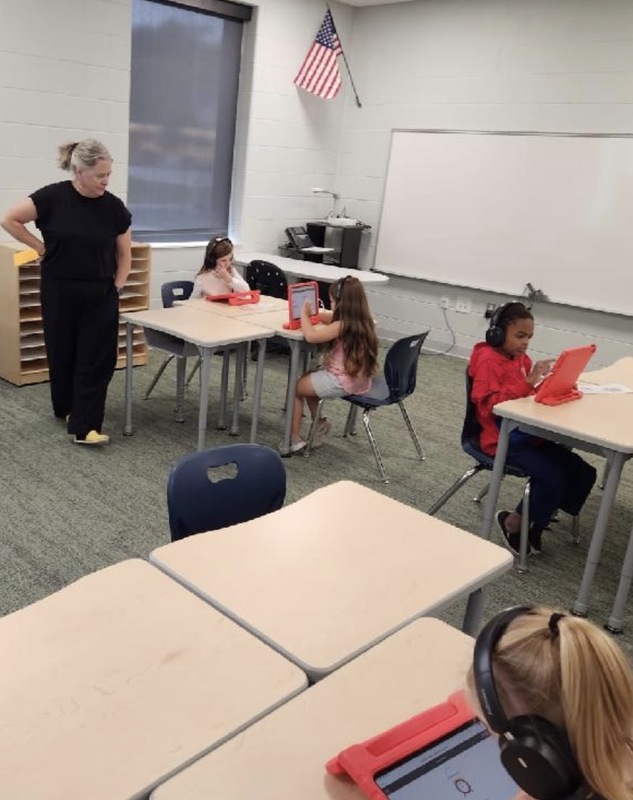
If the data shows students could use more support, teachers will:
Provide extra help (Tier 2 or 3).
Monitor progress regularly.
Adjust supports if needed.
Parents are notified if their child begins receiving Tier 2 or Tier 3 support and are updated on how their student is doing and what progress looks like.
What MTSS Looks Like Day-to-Day
Example:
A student in Tier 1 is learning in the classroom with all students. The teacher checks understanding often and adjusts instruction as needed.
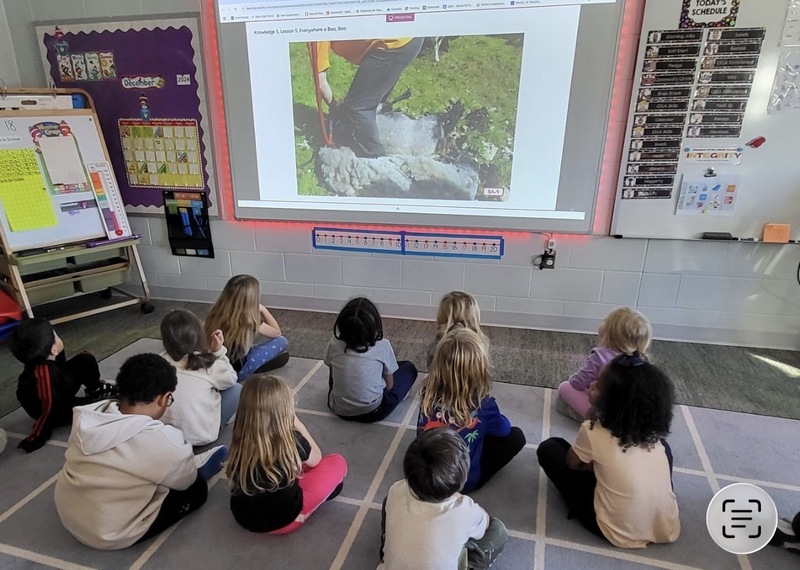
If that student struggles with reading fluency, they might join a Tier 2 group that meets daily for 20 minutes.
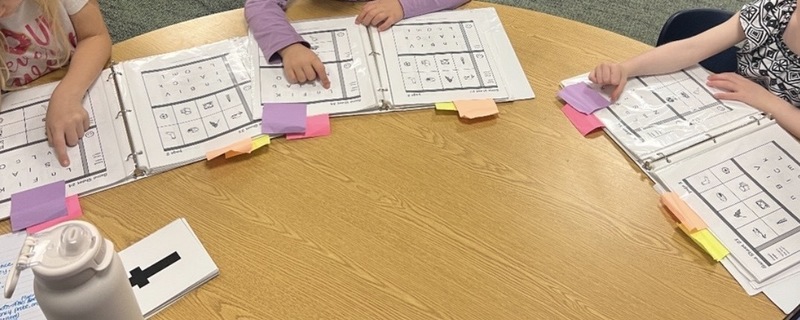
If the student still needs help, they may receive Tier 3 support—such as daily one-on-one reading time with a reading strategist.
Throughout this process, teachers share progress with parents, and the school team decides when the student is ready to fade off of support.
How Families Are Involved
Family partnership is an essential part of MTSS. Here’s how we work together:
Communication: Families receive information if their child is part of Tier 2 or Tier 3 supports, including what skills are being targeted and how often the intervention takes place.
Progress Updates: Teachers communicate how students are doing and what growth they’re making.
At-Home Support: Families can help by reading with children, practicing math facts, encouraging positive behavior, or using strategies suggested by teachers.
Questions & Feedback: Families can ask questions at any time about their child’s progress, what supports look like, and how long interventions may last.
MTSS is about working as a team—teachers, staff, families, and students—so that every child has the chance to succeed.
Benefits of MTSS for Students
Early Support: Challenges are addressed before they grow into bigger problems.
Personalized Learning: Each child gets the right level of help based on their needs.
Improved Confidence: Students see growth and feel successful when they get targeted help.
Positive School Environment
: Behavior and social skills are supported, creating a safe and welcoming space for all.
